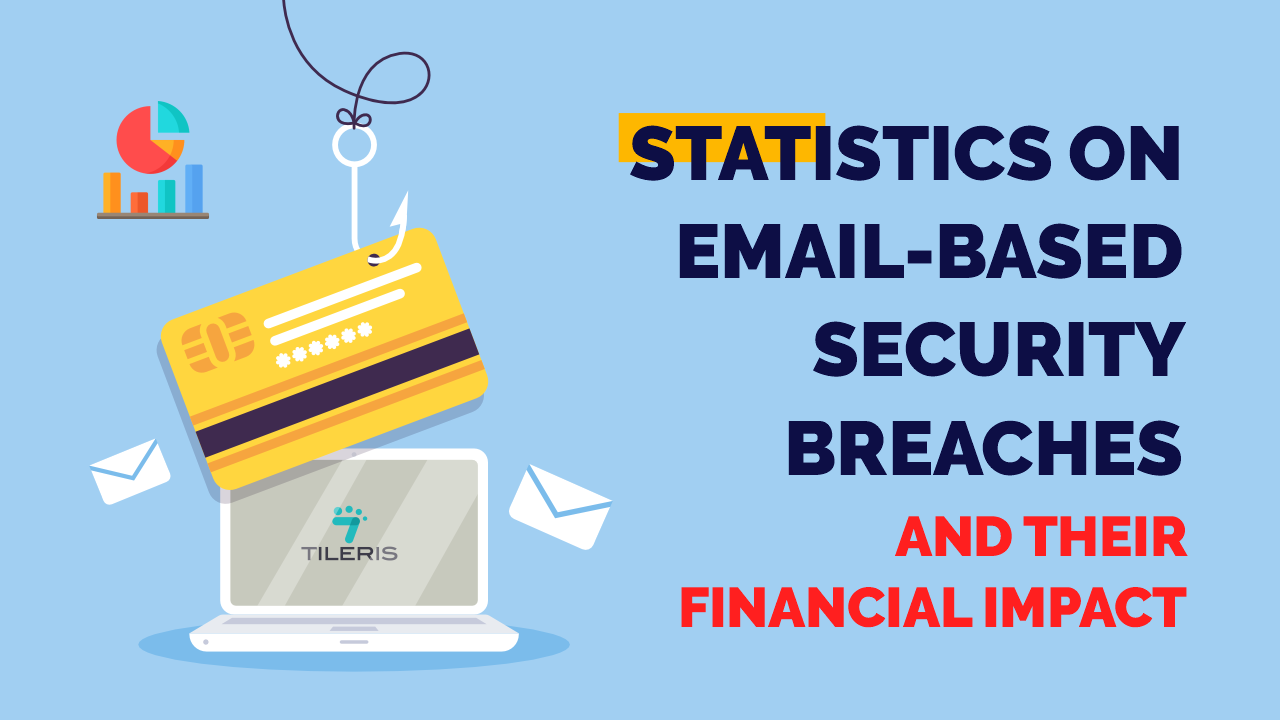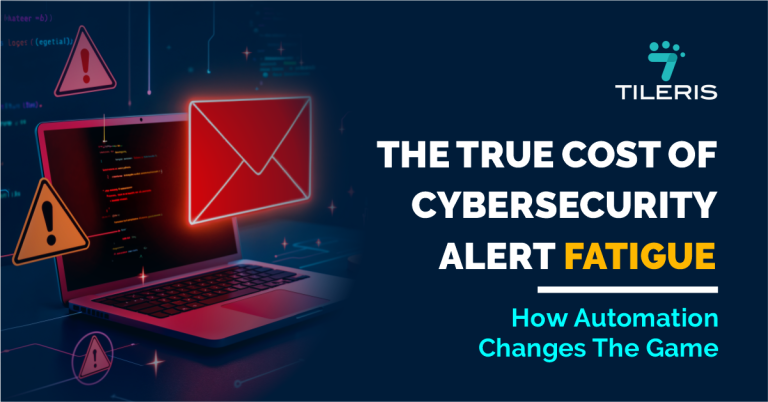Statistics on Email-Based Security Breaches and Their Financial Impact
Introduction
Let’s face it, our inboxes are like digital lifelines. They connect us to colleagues, friends, family, and countless services. But what if those lifelines are tripwires, ready to ensnare us in a costly trap? That’s the unsettling reality of email-based security breaches. They’re not just some abstract tech problem; they’re personal, pervasive, and hit our wallets hard. This isn’t just about antivirus software anymore. We’re talking about a silent war waged in our inboxes, and its financial fallout is staggering. Let’s dig into the numbers and see just how much damage these digital attacks are doing.
The Inbox Under Attack: A Look at the Numbers
Think of your inbox as a prime piece of real estate in the digital world. Naturally, criminals want in and they’re getting smarter, more persistent, and alarmingly effective.
- Phishing, The Master of Disguise: Imagine getting an email that looks just like it’s from your bank, or HR, or even a friend. That’s phishing, and it’s shockingly effective. A whopping 80-95% of all cyberattacks start with a phishing email [Comcast Business Cybersecurity Threat Report]. With the rise of AI tools like ChatGPT, these fake emails have gotten scarily convincing. We’ve seen a dizzying 4,151% jump in phishing attacks since 2022 . These bad guys are often just trying to steal your login details, especially for your cloud accounts like Microsoft 365 or Google Workspace [Hoxhunt]. They’re even using QR codes (those little squares you scan with your phone) to trick us, with a 25% increase in these “phishing” attacks year-over-year [Hoxhunt]. And brace yourself: AI is also powering deepfake impersonations, up 15% in the last year, often targeting folks in finance or HR . It’s like a digital wolf in sheep’s clothing.
- Business Email Compromise (BEC), The Ultimate Con: This is where the criminals don’t just want your passwords; they want your money, directly. Imagine an email, supposedly from your CEO, asking you to urgently transfer funds. Or a vendor saying their bank details have changed. That’s BEC, and it’s a financial wrecking ball. Globally, BEC scams have cost us an eye-watering $6.7 billion [Eftsure]. In 2024, 64% of businesses got hit with BEC, with an average loss of $150,000 per incident [Hoxhunt]. Can you believe 40% of these scam emails were found to be AI-generated? [Eftsure]. It’s chilling. Since 2013, we’ve lost over $50.8 billion to BEC globally [FBI IC3]. This isn’t small change.
- Malware & Ransomware: When Emails Hold You Hostage: Sometimes, that innocent-looking email attachment isn’t so innocent. It might be malware that spies on you, or worse, ransomware that locks up all your files and demands a payment to get them back. Phishing is a major gateway for ransomware, causing 54% of infections [Statista via Hoxhunt]. And the cost of a ransomware attack? It averaged $5.13 million in 2024, and it’s estimated to rise to between $5.5 million and $6 million in 2025 [PurpleSec]. In Q1 2025, Check Point reported a 126% increase in ransomware attacks, with the average number of daily attacks reaching 275 [PurpleSec].
- Who’s Getting Hit Hardest? If you’re in healthcare, finance, or tech, you’re unfortunately a prime target. Why? Because you handle incredibly valuable, sensitive information [NordStellar]. While healthcare saw a decline in average data breach cost in 2024, it still holds the unenviable title of the costliest industry for breaches, with an average of $9.77 million per breach [Embroker]. The financial industry isn’t far behind at $6.08 million in 2024, a 3% increase from 2023 [IBM / Embroker]. And manufacturers saw a staggering 25% of all attacks in 2023 [IBM X-Force via Secureframe]. In the healthcare sector, the average loss per BEC incident was $261,000 [Eftsure].
- Where in the World Are These Attacks Happening? In 2024, Europe took the biggest hit with 29% of all breached accounts, largely thanks to Russia. Asia followed (23%), and then North America (14%), with the US being a major hotspot [Surfshark]. Interestingly, China dramatically increased its breached accounts in 2024, with nearly 340 times more breached accounts than in 2023, becoming a major data breach player right alongside Russia and the US [Surfshark].
The Real Cost: Beyond the Glitch
When an email security breach happens, it’s not just a quick fix. The financial impact can be devastating and linger for years.
- The Price Tag of a Breach: The average global cost of a data breach reached an all-time high of $4.88 million in 2024, a 10% increase from 2023 [IBM / Secureframe]. And the total cost of cyber threats across the board is projected to exceed $9.5 trillion in damages in 2024 [Embroker]. Imagine that number!
- Breaking Down the Costs:
- A phishing breach can cost an estimated $4.88 million per incident [IBM Cost of a Data Breach Report 2024 via Hoxhunt].
- Social engineering attacks (the sneaky ones that trick people) average $4.77 million per breach [IBM Cost of a Data Breach Report 2024 via Hoxhunt].
- And BEC scams? They’re right up there at $4.67 million per breach [IBM Cost of a Data Breach Report 2024 via Hoxhunt]. For US businesses specifically, a BEC incident costs over $137,000 on average [Eftsure].
- For small and medium businesses (SMEs) hit by BEC, the interruption to their operations alone can cost nearly $487,000 [Eftsure].
- The Lingering Scars (Long-Term Costs): It’s not just the immediate hit. Breaches leave “long tails” of expenses. Think legal fees that drag on, business operations grinding to a halt, needing to invest heavily in new security tools and training, and perhaps the most painful of all: a damaged reputation. The average cost of that reputation damage or loss of revenue due to a data breach in 2024 was $1.47 million [Embroker]. Sometimes, even paying a ransomware demand doesn’t save you money; the cost of recovery can still be higher ($5.12 million) than if you’d just decided not to pay ($4.49 million) [Astra Security]! It’s a lose-lose situation.
What We’re Learning
These numbers tell a compelling story. Here’s what’s becoming crystal clear:
- We Are the Weak Link: Most of these attacks aren’t about brilliant hacking skills; they’re about tricking people. Phishing and BEC thrive on human vulnerability. This underscores the critical need for continuous security awareness training.
- AI: Friend and Foe: AI is a powerful protector, but it’s also a weapon for criminals. They’re using it to craft incredibly believable scams, making it harder than ever to spot a fake.
- The Stakes are Higher Than Ever: The cost of a breach keeps climbing. The faster we can spot and stop an attack, the less it hurts. It’s literally millions of dollars we’re talking about, depending on how quickly a breach is contained (a $1.2 million cost difference was observed between breaches contained before or after 200 days) [IBM Cost of a Data Breach Report 2024].
- Bad Guys Know What’s Valuable: They’re not just randomly attacking. They’re targeting industries with the juiciest data and the deepest pockets.
Ultimately, these breaches often boil down to simple mistakes: clicking the wrong link, opening infected attachments, or falling for a convincing story. Sometimes, it’s also about our systems not being updated or having proper defenses in place.
Fighting Back: Your Game Plan for a Safer Inbox
This isn’t a battle we’re powerless to win. Here’s how we can all fortify our digital defenses:
- Level Up Your Email Security Tech:
- Smart Email Filters: Utilize email security platforms that offer advanced threat detection, including AI-powered analysis of incoming emails, sandboxing for attachments, and URL reputation checking. Solutions like Proofpoint, Check Point Harmony, Mimecast, and Barracuda Email Protection are examples.
- Email Authentication Protocols: Implement DMARC, SPF, and DKIM to verify email legitimacy and prevent spoofing.
- Email Encryption: For sensitive communications, employ end-to-end encryption to protect data in transit.
- Strong Password Policies and MFA: Enforce complex, unique passwords and mandatory multi-factor authentication (MFA) for all email accounts, preferably using authenticator apps or hardware tokens over SMS-based 2FA.
- Train Your “Human Firewall”:
- Phishing Drills: Regularly conduct simulated phishing campaigns to test employee vigilance and identify areas for improvement.
- Comprehensive Training: Educate employees on various email threats (phishing, BEC, malware), how to identify suspicious emails, and the importance of reporting anomalies. Organizations that consistently engage in security awareness training can see a 70% reduction in security incidents [Keepnet Labs].
- Continuous Education: Security awareness should be an ongoing process, not a one-time event, to keep pace with evolving threat landscapes.
- Get Serious About Threat Detection:
- Managed Detection and Response (MDR) and SOC Services: For organizations lacking in-house expertise, partnering with MDR providers or utilizing Security Operations Center (SOC) services can offer 24/7 monitoring and rapid incident response.
- Vulnerability Management: Regularly scan and assess IT environments for weaknesses and prioritize patching known vulnerabilities.
- Incident Response Plan: Develop and regularly test a comprehensive incident response plan to minimize the impact of a breach if one occurs.
Conclusion
The numbers don’t lie, email-based security breaches are a massive, escalating threat, and they’re draining billions from our economy. From the sneaky phishing attempts to the devastating BEC scams, the digital dangers lurking in our inboxes are real and costly.
But here’s the good news: we’re not helpless. By understanding the risks, empowering ourselves and our teams with knowledge, and implementing smart, proactive security measures, we can significantly reduce our vulnerability. Our inboxes are vital, let’s make sure they’re secure.
Want to know more about email security and learn how to secure your email from these breaches, visit us at tileris.com






